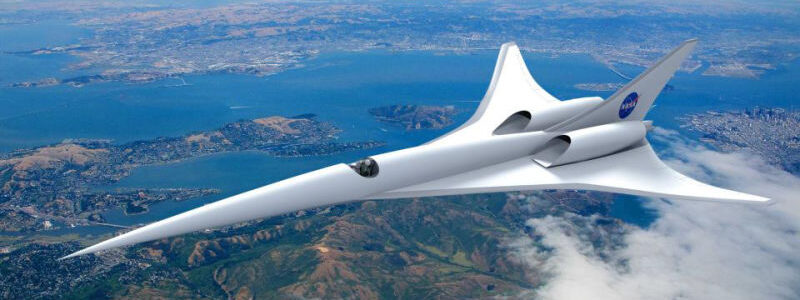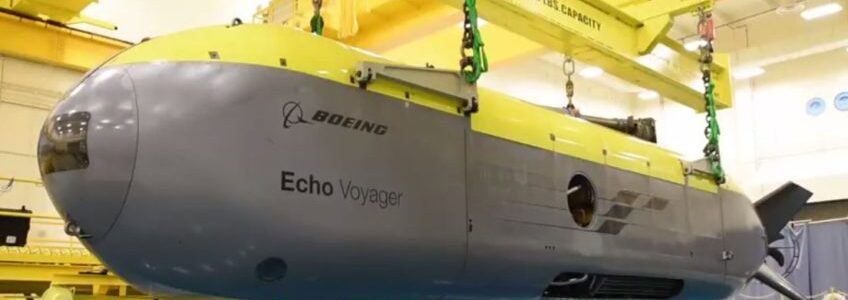Hypersonic travel is described as flight through the atmosphere below 90 km at a speed above Mach 5 (5 times the speed of sound). That means traveling from London to New York could only take about 2 hours. The concept has been around for a long time but applying the theory to practice is a different story.
It’s not an impossible task but the problem has always been how to handle the extreme heat at high speeds. Now, thanks to advanced aerospace engineering, a special ceramic has been developed making hypersonic air travel a real possibility.











Recent Comments